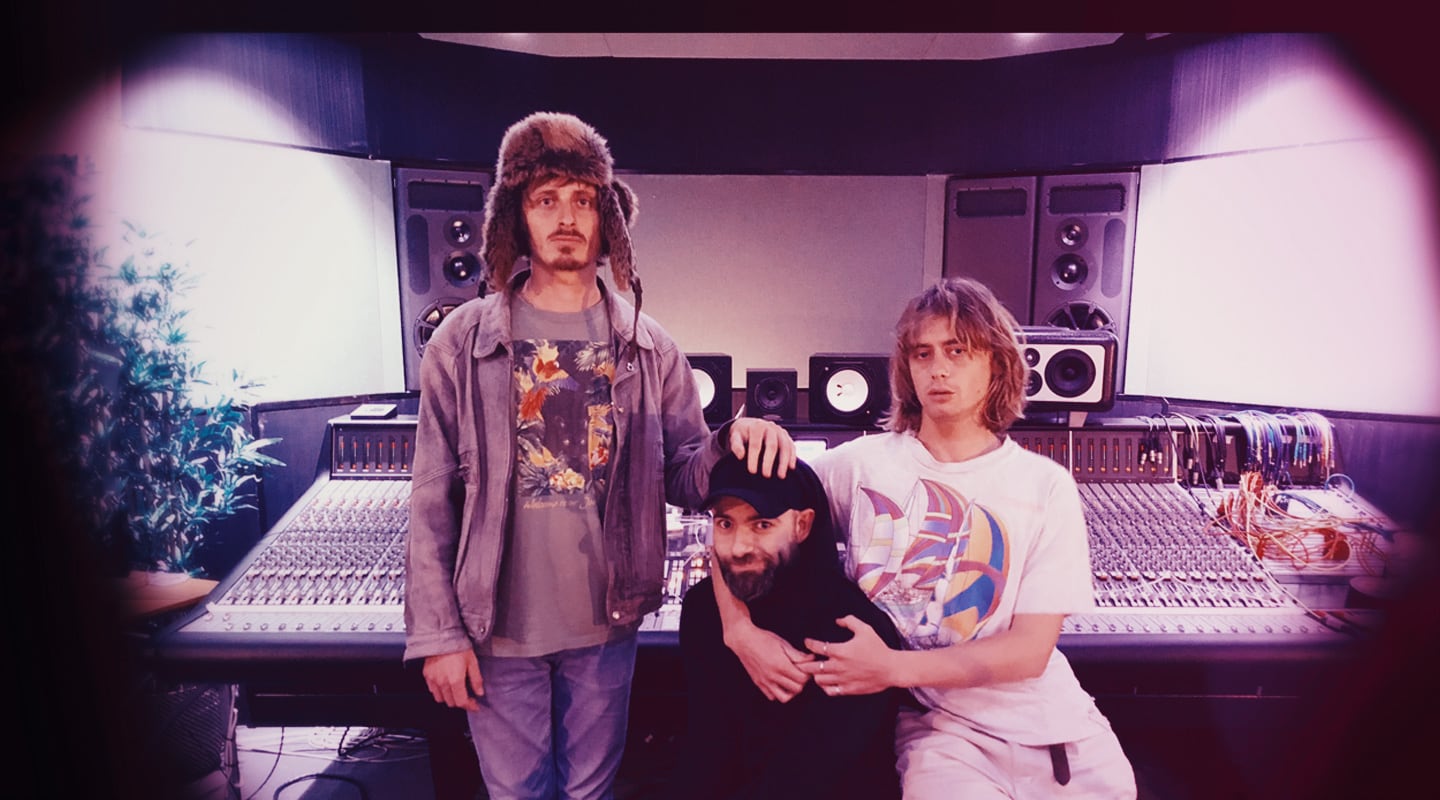
14 Steps to a Better Recording – Producing Lime Cordiale
Lime Cordiale headed bush to record its latest album. Producer Dave Hammer packed his car with a rack of essentials and a bag of funky pedals.

Artist: Lime Cordiale
Album: 14 Steps to a Better You
Two brothers, Oli and Louis Leimbach, comprise the songwriting and recording combination of Lime Cordiale. These talented siblings have a deep appreciation of musicianship and innovation. In other words, they’re a couple of blokes you’d hope might make it big in the music business. They’re the real deal.
So it comes as no surprise that they connected with music producer, Dave Hammer. Dave is also the real deal.
In some ways Dave treats music production as more of a monastic calling than a brawling sex/drugs/rock ’n’ roll bacchanalian craic. Dave keeps distractions to a minimum. He maintains a strict dress code and dietary regime. All to maintain focus.
FROM STUDIO TO BUSH
After a period of peripatetic studio recording in Sydney — laying down drum tracks, in the main — Oli, Louis and Dave found Golden Retriever studio in Marrickville to be particularly fertile ground. They got on well with studio owner Simon Berckelman. So well, in fact, Simon joined the crew when they decamped up-country to a rural hideaway for two weeks of intensive tracking.
“It was in the middle of nowhere,” recall Dave Hammer. “Which made it more like a guerrilla recording. We packed up a bunch of equipment and we set up two stations: we had Simon in the farmhouse with what was essentially a B rig, while I set up in the cabin outside.”
Sonically, I definitely have a tendency to get high-end equipment and abuse it

HAMMER’S TOOLS
“Equipment wise, I wanted to keep it minimal,” continues Dave. “We’d already knocked out the drum recordings so we really only needed a couple of lines at a time at the farm. But I wanted something super solid: a couple of BAE 1073s, a couple of API preamps, along with a Retro 176 compressor, and a Moog delay.
“I brought a Shure SM7 mic and we had a Wagner 47 for vocals — Gunther Wagner is actually a family friend of the Leimbach’s, so we borrowed Gunther’s personal 47.”
GUT INSTINCT
Recording in a draughty farm outhouse might sound romantic but it comes with the standard challenges that remind you why bespoke recording studios — with acoustic treatment, sound proofing, reliable power, and an easy commute to a Jaycar — exist.
“I spent a lot of time trying to figure out what what I was actually hearing,” admits Dave Hammer. “I was pulling sounds rarely knowing what I was actually getting, but just trusting my instinct and trusting that, creatively, we’re doing something fun and exciting. We needed to lean into those musical decisions… we had to — the lime Cordiale success story is based on that sort of attitude.”
FROM RABBIT TO WORM HOLES
Oli and Louis like rabbit holes. They descend down musical rabbit holes often. Sometimes they turn into wormholes. They’re always explored to the full. The brothers depend on Dave to take the red pill, wave goodbye to reality and go with them.
“Very often one of the brothers will have an idea and want to completely rewrite something or remove a part that could well be one of my favourites,” explains Dave. “The challenge is to explore what they’re hearing and help them see that idea out before we pass judgement. It might end in a really good place or might end up in a really confused place. But when you’re in that moment of deconstructing something and trying something fresh, it’s important to not judge it on the spot. You’ve got to flesh out the idea, make it exist and then pass judgement on it, often with the benefit of a night’s sleep as perspective. As a producer, I’m a supporter to the artist, as well as an independent pair of ears — sonically, musically, and from an arrangement perspective.”

PRODUCTION PHILOSOPHY
The Lime Cordiale sound is evocative. It’s collision of new school/old school sensibilities that give a Lime Cordiale track instant familiarity along with radio-ready freshness.
“They definitely lean towards hearing analogue-sounding gear,” confirms Dave Hammer. “For example, I remember one time when we got hold of an EchoFix Tape Echo. Louis and Oli just lost themselves in that box.
“Another favourite toy was the MoogerFooger Cluster Flux — an analogue chorus pedal — which responds well to being driven hard.
“And I brought along a box of pedals for the brothers to play with, which I think were used on vocals more than guitars.”
HI FI & LO FI
Creating the Lime Cordiale aesthetic isn’t all about putting Oli and Louis in a ‘sandbox’ of analogue curios, for Dave Hammer it’s about the judicious combination of the hi- and the lo-fi.
“Sonically, I definitely have a tendency to get high-end equipment and abuse it,” reveals Dave.
“It’s about pushing things and breaking some rules. Sometimes you might get a hi-fi sound then juxtapose it against something lo-fi that adds to the character and the flavour.
“As an example, we used a ribbon mic on piano because with thought a darker tone would work better. But after recording it I dialled in some top end to give it back a little more sparkle; which in turn introduced a bunch of noise. But we liked the noise; it reminded us of the sonic vibe of tape. So from there on, that’s how we recorded the acoustic piano: with a ribbon and over-accentuating the highs.”
MIXING: HAMMER TIME
Dave Hammer likes to mix as he goes. He packed a Bricasti reverb in the bush recording survival kit for some extra fairy dust in the mix but is mostly happy with what he can achieve in the box. After the recording sessions he’ll have time to complete the mix but that’s after the brothers have effectively signed off on the sound.
“For Oli and Louis, they get to the point where they’ve explored their ideas and they’re comfortable about moving on,” explains Dave Hammer. “They’ve effectively signed off on the production and it’s a case of ‘let’s get that mixed and finished’. It means the mixing process is not as intensive. I mean, it’s intensive for me, but not so much for them.”
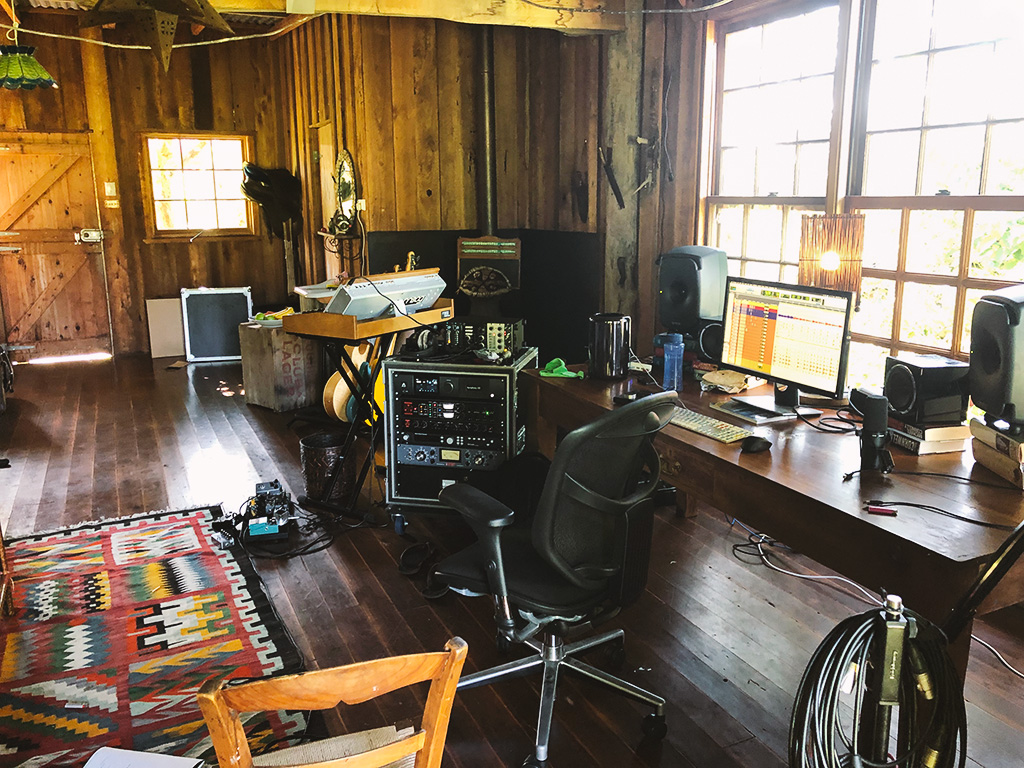




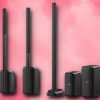


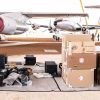



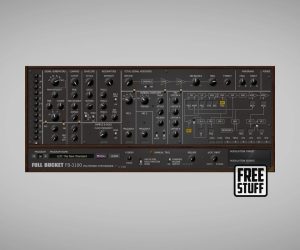






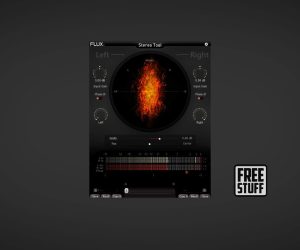
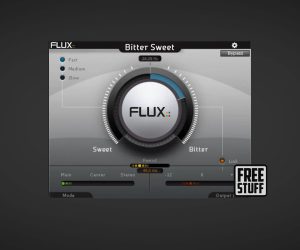





Great article and I love the approach these guys have taken!